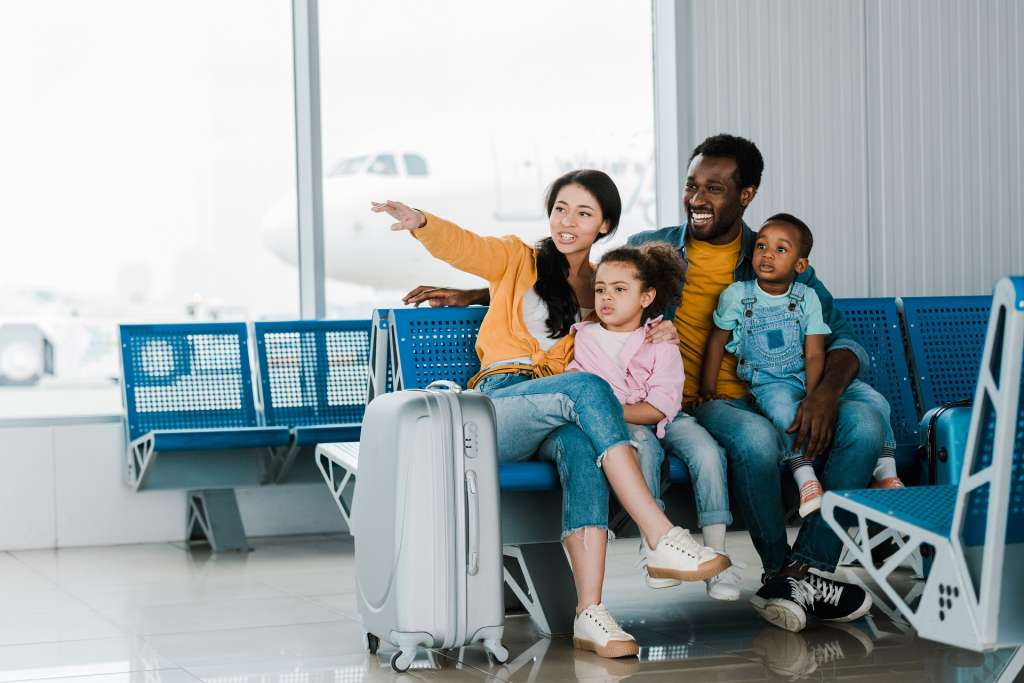Travelling with young children can be a rewarding yet challenging experience, especially when flying. Ensuring their safety and comfort throughout the journey is paramount. Whether you’re jetting off on a family vacation or visiting loved ones, here are essential safety measures for parents flying with younger children to make the journey smooth and secure.

1. Plan Ahead: Preparation is key when travelling with children. Research the airline’s policies regarding child safety seats, strollers, and carry-on items. Book flights that align with your child’s sleep schedule to minimise disruptions.
2. Proper Restraints: If your child has their own seat, bring an FAA-approved child safety seat suitable for their age, height, and weight. For lap infants, request an FAA-approved harness that attaches to your seatbelt. This provides an extra layer of protection during turbulence.
3. Documentation: Carry essential identification documents for your child, including birth certificates, passports, and visas, if applicable. These documents may be required at security checkpoints and during international travel.
4. Child-Friendly Seating: Select seats in advance that suit your family’s needs. Bulkhead seats often provide extra legroom and space for a bassinet or child restraint system. Consider proximity to restrooms and potential distractions.
5. Pack Thoughtfully: Pack a well-organised carry-on bag with essentials such as diapers, wipes, a change of clothes, snacks, formula or milk, and comfort items. Ensure liquids comply with airline regulations.

6. Childproofing: Once onboard, take a few minutes to childproof your seating area. Stow away sharp objects, secure seatbelt buckles, and move hot beverages out of reach.
7. In-Flight Safety Instructions: Listen attentively to the flight attendants’ safety briefing. Explain the importance of wearing seatbelts and following instructions to your child in a calm and reassuring manner.
8. Hygiene Precautions: Maintain proper hygiene to prevent the spread of germs. Carry hand sanitisers, disinfectant wipes, and tissues to keep your child’s environment clean.
9. Ear Pressure Discomfort: During takeoff and landing, infants and young children might experience discomfort due to changes in air pressure. Breastfeeding, bottle-feeding, or providing a pacifier can help alleviate this discomfort.
10. Entertainment and Distractions: Bring a variety of entertainment options, such as books, colouring materials, small toys, and electronic devices with headphones. These distractions can help keep children engaged during the flight.
11. Seatbelt Usage: Ensure your child wears their seatbelt at all times when seated. Explain the importance of this safety measure and set an example by wearing your seatbelt as well.
12. Stay Calm and Patient: Travelling can be overwhelming for children, and disruptions might occur. Maintain your composure, reassure your child, and address their needs promptly to create a positive travel experience.
Conclusion: Flying with younger children requires thorough planning, vigilance, and a touch of patience. By adhering to these safety measures, you can ensure a safe and enjoyable journey for both you and your child. Remember that a well-prepared and secure travel experience can create lasting memories and set the stage for many more adventures together in the future.

